The Kunstkammer: history, purpose, knowledge, passion
The Kunstkammer—often paired with the Wunderkammer—was the princely “cabinet of art and curiosities” that flourished in Europe from the late fifteenth to the seventeenth century. Part treasury, part laboratory, part theatre of learning, it gathered the world into a room. Before modern museums and scientific taxonomies, these collections proposed a total vision: nature and art, science and craft, the marvellous and the measurable—held in deliberate, revealing proximity.

The Duke and Duchess of Urbino Federico da Montefeltro and Battista Sforza - Piero della Francesca Uffizi Gallery
Origins and purpose
Humanist courts in Renaissance Italy seeded the idea. The studiolo of Federico da Montefeltro in Urbino and Isabella d’Este in Mantua signalled a new, contemplative space where scholarship, collecting and self-fashioning intertwined. By the sixteenth century, Habsburg Vienna, Munich, Prague and Dresden expanded the scale: the Kunstkammer became a tool of statecraft, displaying wealth, global reach and intellectual authority. It educated heirs, delighted visiting envoys, and served as a diplomatic stage where gifts—rock-crystal ewers, automata, mounted nautilus shells—spoke more deftly than words.
Concepts and execution
Collectors pursued a universal order through categories that predate modern science:
-
Naturalia (objects of nature): shells, corals, minerals, fossils, narwhal “unicorn” tusks, bezoars.
-
Artificialia (works of art): goldsmiths’ masterpieces, ivories, enamel, intaglio gems, micromosaics.
-
Scientifica/Instrumenta: astrolabes, globes, clocks, automata, microscopes.
-
Exotica/Ethnographica: objects from Asia, Africa and the Americas, signalling emerging global networks.
-
Mirabilia: wonders that resisted easy explanation.

Studiolo of Francesco I
Execution mattered. Natural specimens were often mounted by court goldsmiths—Augsburg and Nuremberg excelled—so that a shell became a cup, a rhinoceros horn a drinking vessel, a coconut a princely hanap. Cabinets-within-cabinets, secret drawers, velvet-lined cases and meticulously written inventories shaped the choreography of discovery. The display fused order and wonder: drawers indexed knowledge; opening them staged surprise.
17th century collectors cabinet - available at nicholaswells.com
Knowledge and inquiry
The Kunstkammer sat at the hinge of medieval curiosity and Enlightenment method. It trained a habit of comparison: bird next to automaton, coral next to coral-shaped silverwork. Scholars such as Ole Worm in Copenhagen and Athanasius Kircher in Rome used their museums to test claims, debunk myths, and publish catalogues that circulated ideas across Europe. The engraved view of Ferrante Imperato’s Neapolitan cabinet (1599) is iconic: ceiling hung with fish and skins, walls gridded with shells and minerals—a didactic theatre where looking became learning.

Passion and personality
No Kunstkammer is neutral. Each reflects the collector’s temperament: an emperor’s lust for microcosmic sovereignty, a merchant-prince’s curiosity about trade routes, a scholar’s appetite for classification. Passion surfaces in the eccentric object that anchors a room: a chained “unicorn” horn, a clockwork ship that fires tiny cannons, a rock-crystal cup so thin it glows. The collections were also intensely performative—curators (often polymath keepers) led demonstrations, wound automata, dissolved bezoars in wine, and invited debate.

Great collections
-
Kunstkammer Wien (Habsburg, Vienna): a survey of goldsmiths’ work, exotica and scientific instruments that defines the type.
-
Grünes Gewölbe, Dresden: the Green Vault, a suite of treasure rooms where display architecture and virtuoso objects—Dinglinger’s jewelled fantasies—reach theatrical heights.
-
Munich (Wittelsbach) and Ambras (Archduke Ferdinand II): rich in arms, armour, portraits of “curiosities,” and mounted naturalia.
-
Medici collections, Florence: from the Studiolo of Francesco I in the Palazzo Vecchio to the Uffizi, blending alchemy, painting and precious vessels.
-
Tradescant and Ashmole (Oxford): the Tradescants’ cabinet, gifted to Elias Ashmole, seeded the Ashmolean Museum—a direct bridge from Kunstkammer to modern public museum.
The studiolo: mind’s room
At the heart of many ensembles was the studiolo—a small, paneled sanctuary of books, instruments and small-scale masterpieces. Intarsia perspectival cupboards (Urbino), allegorical cycles (Florence), and drawers for medals and cameos turned inward study into a ceremonial act. The studiolo model underpins today’s connoisseur’s library or collector’s office: a working space where looking, reading and handling objects produce ideas.

Objects of desire
Canonical Kunstkammer pieces include: mounted nautilus and turban shells; rhinoceros horn cups; rock-crystal ewers; ivory reliefs; coral branches; lapidary bowls in agate, jasper and Blue John; scientific instruments (astrolabes, nocturnals, armillary spheres); automata and table clocks; miniatures, medals and cameos; early lacquer and porcelain; “exotic” textiles and weapons. Together they map the early-modern imagination: nature perfected by art, art enlightened by measurement.

Legacy and relevance
The Kunstkammer’s ambition survives in museums, libraries and laboratories, but also in the modern collector’s room of one’s own: a wall of minerals beside a 17th-century mirror; a precision clock across from a Japanese lacquer box; a cabinet that mixes categories to spark conversation. Ethically, today’s practice must add provenance diligence, cultural sensitivity and conservation stewardship—disciplines that echo the old inventories but with renewed moral focus.

For a modern Kunstkammer - Nicholas Nickleby winning Ascot 1955 - Dunhill special commission
Conclusion
The Kunstkammer is not simply a historical curiosity; it is a method—to connect things that do not obviously belong together and to learn from the tension. Its history charts the rise of empirical looking; its purpose aligns power, pedagogy and pleasure; its knowledge grows from careful comparison; its passion animates objects into arguments. In the best examples—from Vienna to Dresden, from the Medici studioli to the Ashmolean—the cabinet becomes a lucid microcosm, a place where the world is held close enough to examine, and wide enough to inspire.




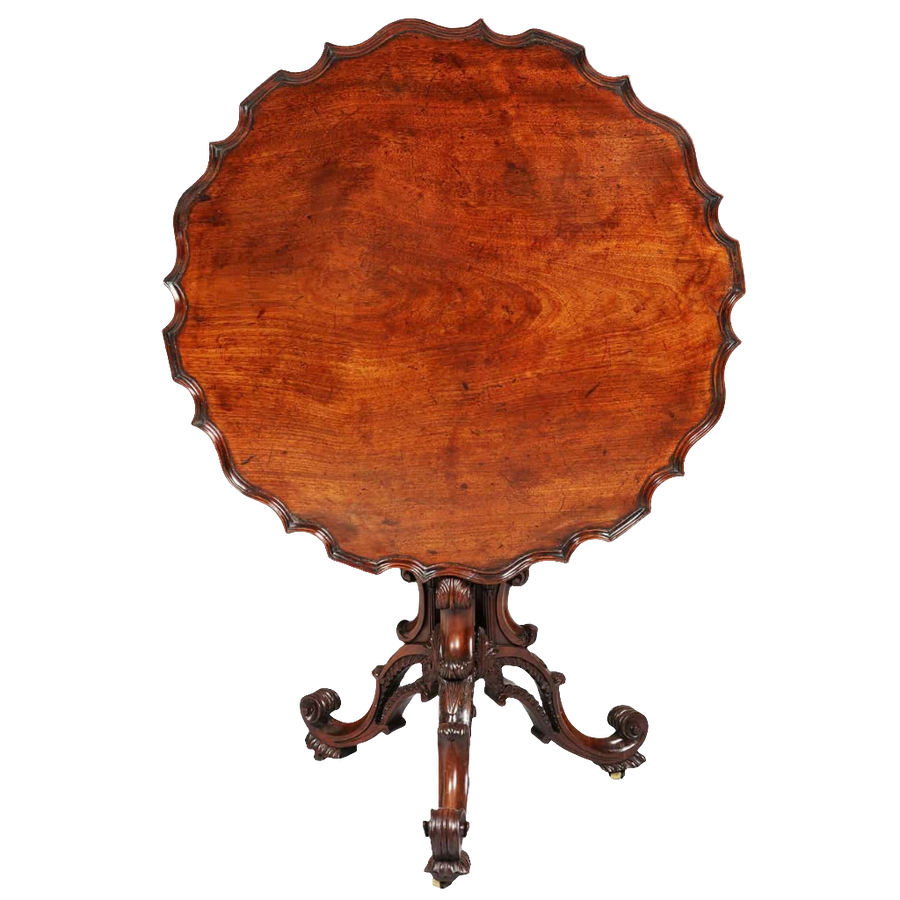
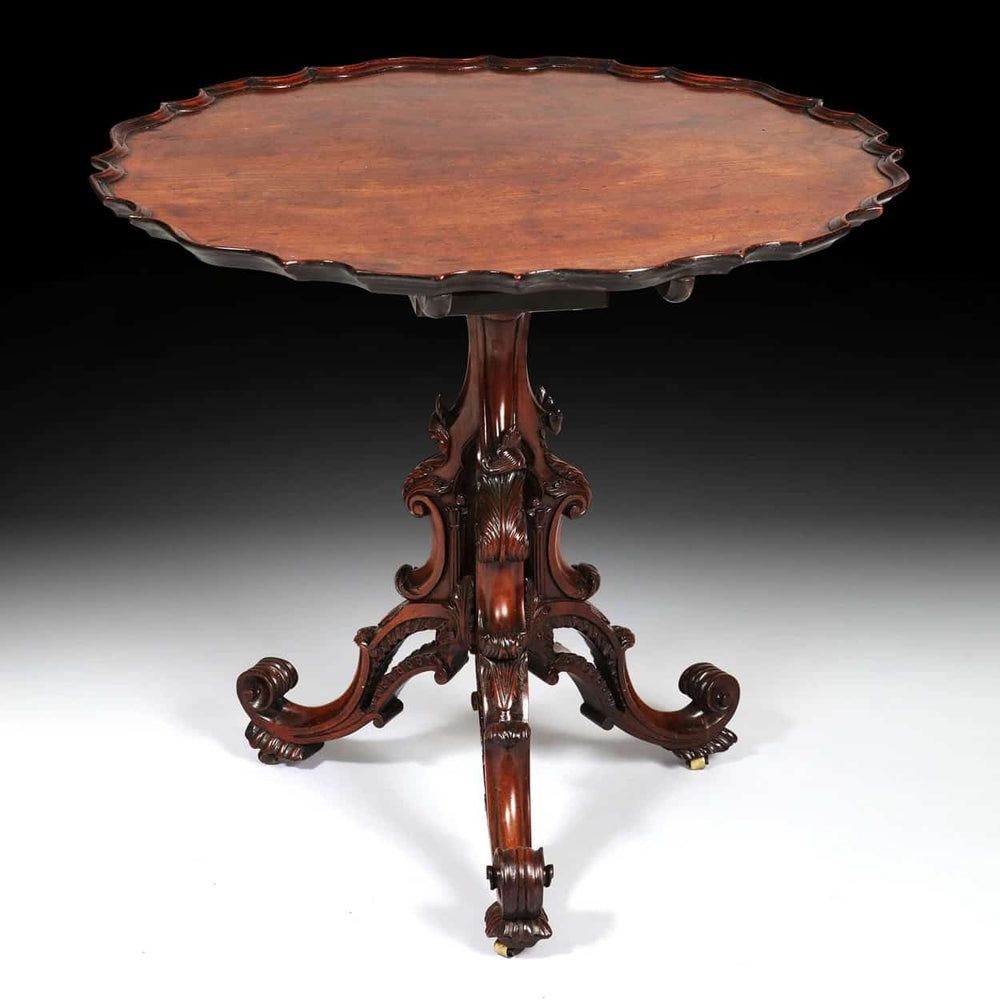
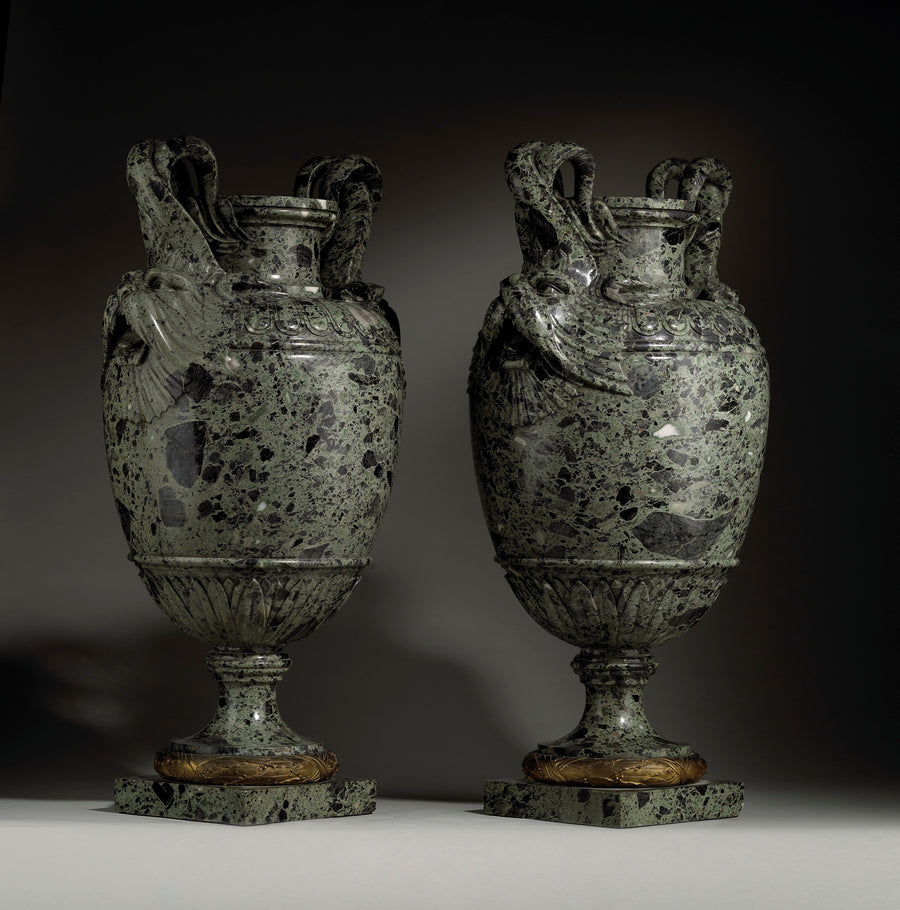
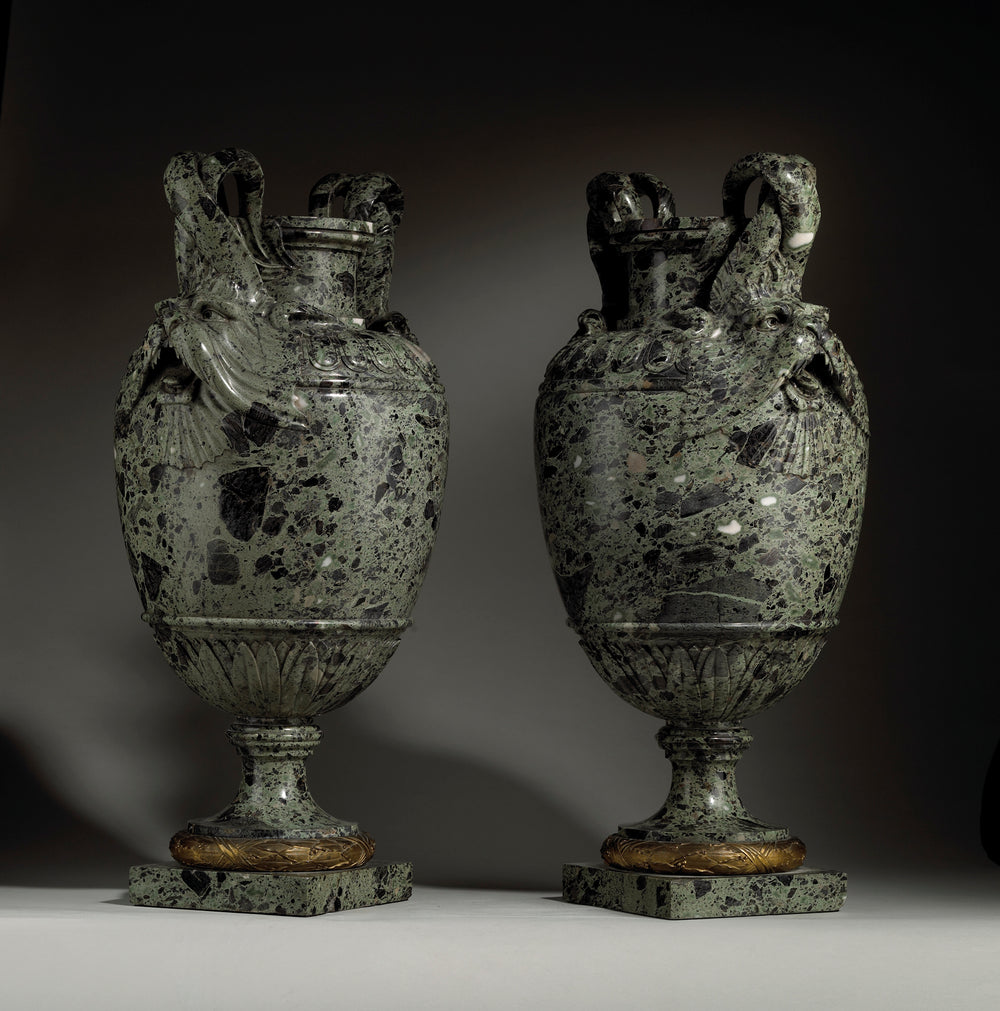



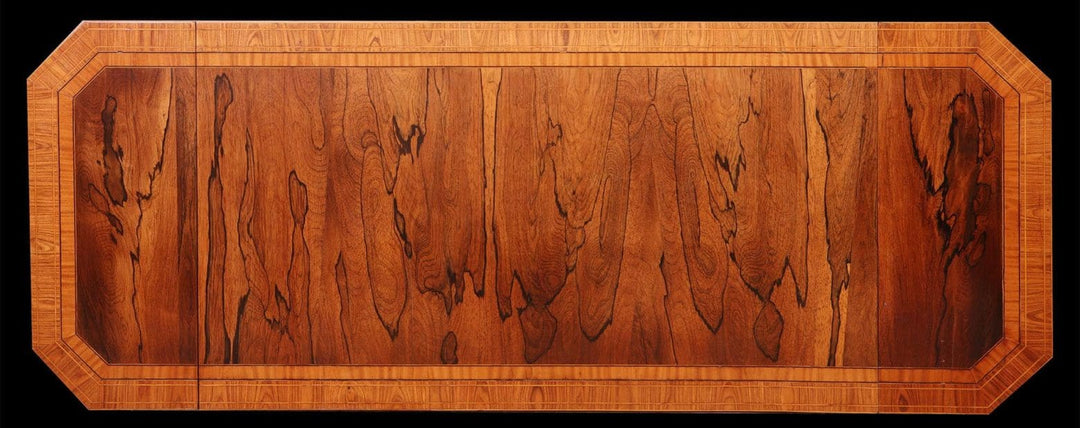
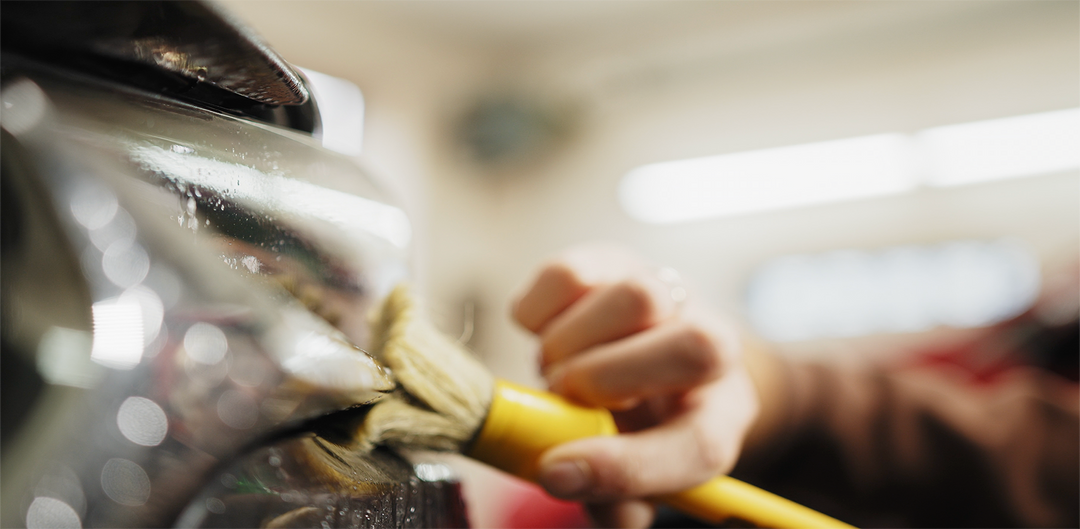
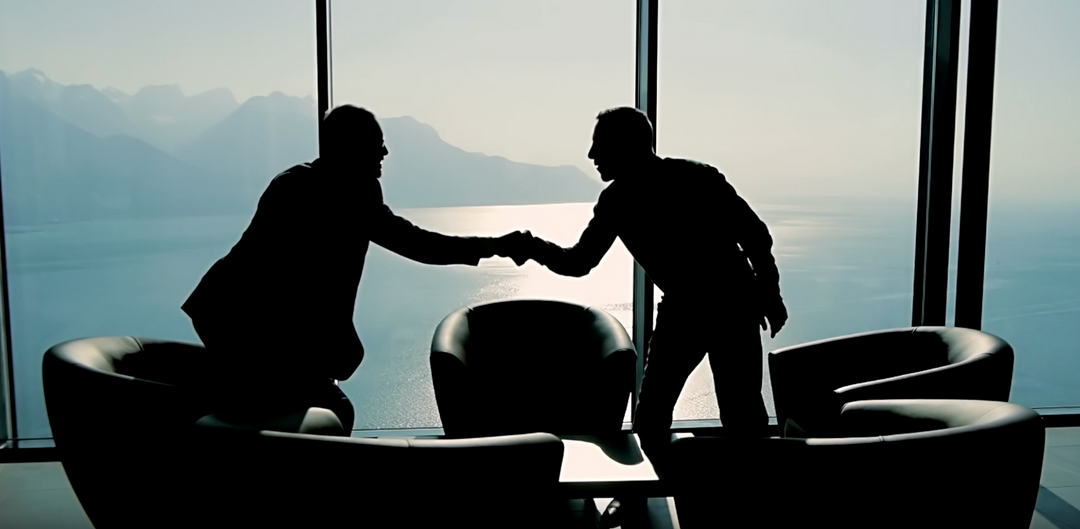
Leave a comment